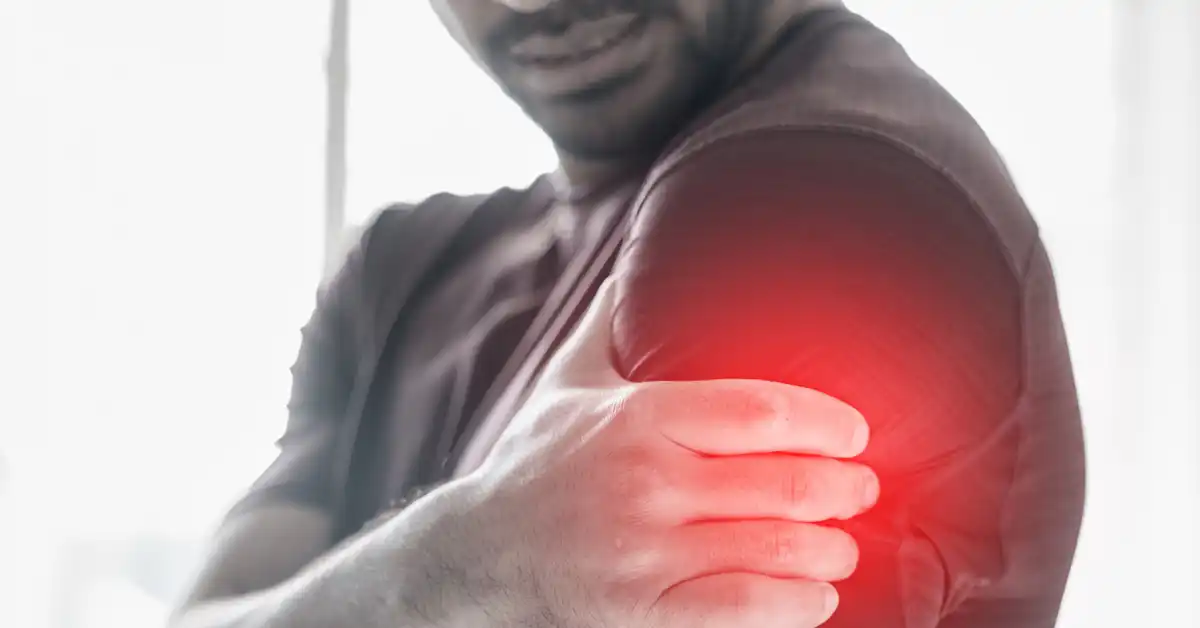Blog Series: The Journey through Vaccine Injury
- First Signs: Recognizing Vaccine Injury Symptoms
- Documenting Your Vaccine Injury: A Critical Step for Your Case
- When to Suspect SIRVA: Understanding Vaccine-Related Shoulder Injuries
- Guillain-Barré Syndrome after Vaccination: Understanding Vaccine-Related GBS
- Navigating the Healthcare System with a Vaccine Injury
- Why and When to Contact a Vaccine Injury Attorney
- What to Expect in the Vaccine Injury Compensation Program
A Shoulder Injury Related to Vaccine Administration (SIRVA) is one of the most common vaccine-related injuries. Understanding the signs, symptoms, and progression of SIRVA is essential to when to suspect SIRVA, because your shoulder pain might be more than a typical post-vaccination soreness.
Understanding SIRVA
SIRVA occurs when a vaccine is improperly administered into the bursa of the shoulder, rather than the intended deltoid muscle, causing damage to the musculoskeletal structure of the shoulder. This injury differs from normal post-vaccination soreness and discomfort in both severity and duration.
Key characteristics of Shoulder Injury Related to Vaccine Administration include:
- Extraordinary shoulder pain
- Shoulder pain that lasts for more than a few days after vaccination
- Reduced range of motion
- Pain with movement
- Weakness in the affected arm
- Symptoms lasting longer than a few days
- Impact on daily activities
Recognizing Early Warning Signs and When to Suspect SIRVA
Early identification of SIRVA symptoms plays a crucial role in treatment outcomes. If you suspect Shoulder Injury Related to Vaccine Administration, take note of these symptoms:
- Severe shoulder pain within 48 hours of vaccination
- Pain throughout the shoulder, beyond the injection site
- Difficulty raising the affected arm
- Problems with everyday tasks like dressing
- Pain that worsens with movement
- Limited shoulder mobility
- Weakness in the affected arm
Distinguishing SIRVA from Normal Reactions
Normal vaccine reactions typically include:
- Mild soreness at the injection site
- Slight swelling or redness
- Discomfort lasting 1–3 days
- Minimal impact on daily activities
Shoulder Injury Related to Vaccine Administration symptoms differ from signs of normal post-vaccination soreness because they are more severe and persist for several months or longer. They also often impact normal arm function and shoulder movement.
Seeking Medical Attention
You should seek proper medical attention if you notice one of the following:
- Shoulder pain persists beyond a few days
- Movement becomes increasingly limited
- Daily activities become difficult
- Sleep is disturbed by shoulder pain
- Conservative treatments don’t help
- Weakness develops or worsens
Diagnostic Process
Healthcare providers have several methods to diagnose Shoulder Injury Related to Vaccine Administration:
- Physical examination
- Detailed medical history
- Review of vaccination records
- Imaging studies (MRI, ultrasound)
- Range of motion testing
- Strength assessments
Treatment Options
Various treatments may help manage SIRVA symptoms:
- Physical therapy
- Anti-inflammatory medications
- Corticosteroid injections
- Range of motion exercises
- Pain management techniques
- Occupational therapy
- Surgery (in severe cases)
Impact on Daily Life
Shoulder Injury Related to Vaccine Administration can significantly affect routine activities:
- Difficulty with grooming and personal care
- Challenges in work tasks
- Limited recreational activities
- Lost sleep due to pain
- Emotional stress
- Physical limitations
Prevention Considerations
While patients can’t control injection technique, they can:
- Choose experienced vaccine administrators
- Ensure that the vaccine is injected in the proper site
- Communicate any previous shoulder issues
- Report any symptoms or concerns to a healthcare provider immediately
Documentation Requirements
Proper documentation remains crucial for SIRVA cases:
- Vaccination details
- Onset of symptoms
- Treatment attempts
- Medical visits
- Negative impact on activities of daily living and recreation
- Work limitations
- Recovery progress
Looking Forward
Understanding SIRVA helps individuals:
- Recognize warning signs early
- Seek appropriate medical care
- Document symptoms properly
- Make informed treatment decisions
- Consider legal options when appropriate
Remember that proper identification and early intervention often lead to better outcomes for individuals suffering from SIRVA. If you experience SIRVA, it is important to work with healthcare providers to develop an appropriate treatment plan and maintain detailed records of your injury.
Next in our series: Guillain-Barré Syndrome after Vaccination: Understanding Vaccine-Related GBS

